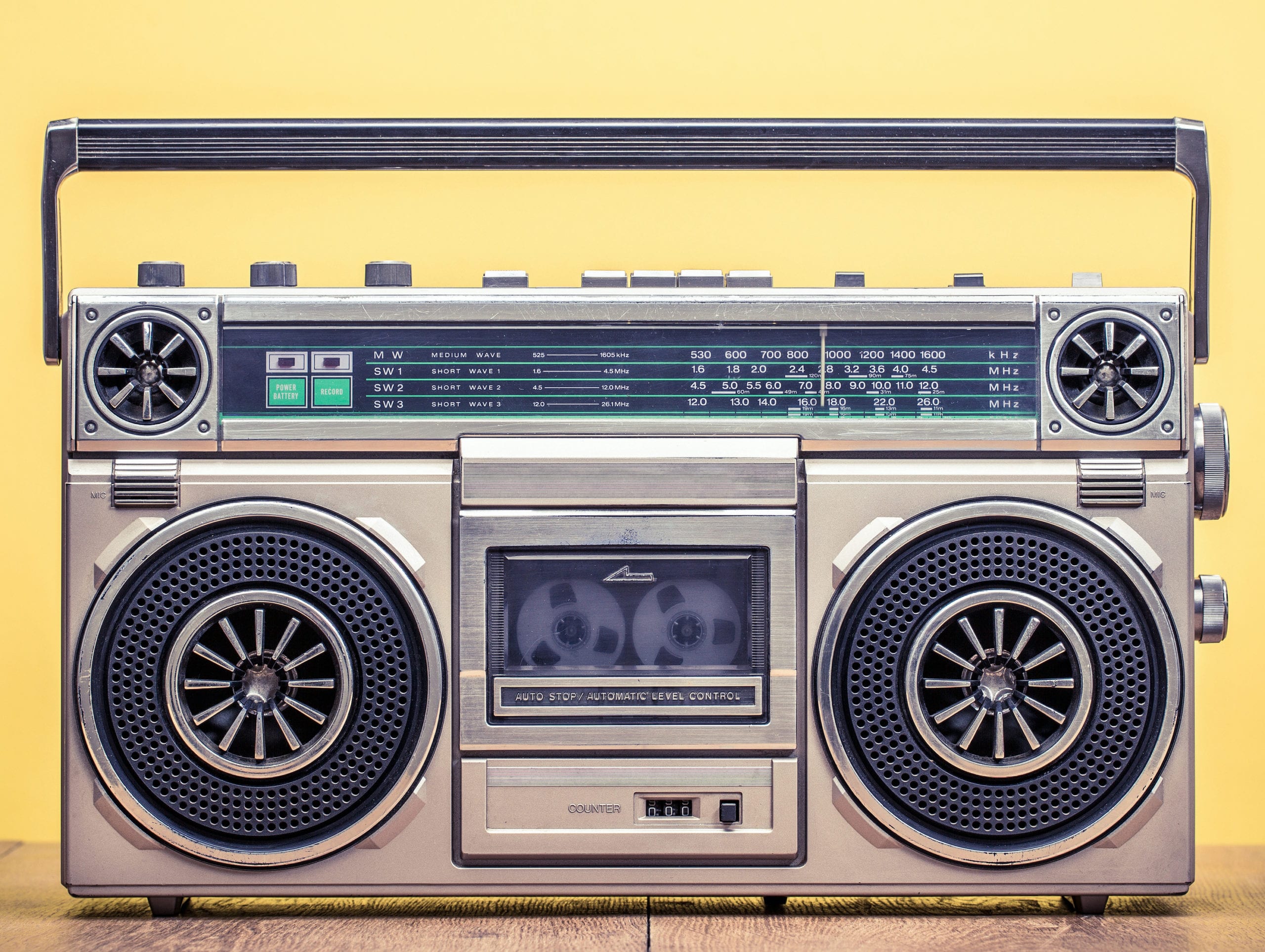Recently a friend was telling me about a new app that allowed him to listen to radio stations all over the world from a funk station in Amsterdam to a Paris jazz station to a U.S. station that played all 1920s music. It got me thinking…
As a kid, my parents did not allow us to watch TV on school nights. The after-dinner hours were to do homework or read before bedtime.
For me, in those hours, my radio became a source of entertainment.
At night, AM radio opened the doors to a world far beyond the confines of Happy Valley. Across the tuning dial came stations from the East Coast, the Midwest and the South.
Coming in loud and clear most nights were KMOX in St Louis, WBZ in Boston, WCBS in New York, KYW from Philadelphia, KDKA from Pittsburgh and stations from Cleveland, Detroit, Cincinnati, Chicago, Richmond, Charlotte, Atlanta and as far south as New Orleans. There were even a couple of French language stations from Canada.
I can still here the words “KYW news time is 8:00… It’s 52 degrees on Independence Mall with rain showers on the way tonight…” And the “KYW News Radio 10-60” jingle is still tattooed on my brain. Each night I could hear about traffic on Kelly Drive in Philly, or “the in-bound tunnels” in New York or Storrow Drive in Boston. It gave you the feeling that you were there.
And you could get ballgames. On those school nights when the World Series was being played, I could listen to Dodgers-Yankees games from a New York station. As an adult, living in Connecticut listening to Red Sox games hooked me on the Boston nine for the rest of my life. The great baseball announcers could really paint a picture of the game.
With satellite radio now we can hear any game we want. But it sure isn’t the same as moving the tuning dial just right to get a game with a minimal amount of static. It was truly an art.
And you never knew what you’d hear. On a Thursday night in 1994, while coaching at James Madison University, I had tuned into a Chicago station carrying the Illinois football coach’s call-in show. Coach Lou Tepper was discussing the way he analyzed Penn State’s offensive system the year before. I’m pretty sure he never imagined that someone in Harrisonburg, Virginia would catch his show and relay that information to his father who coached at Penn State. That same year, before every game was nationally televised, I sometimes listened to Fran Fisher and George Paterno broadcasting Penn State games from KDKA in Pittsburgh.
But the childlike awe of radio signals crossing hundreds of miles really belongs to that young kid years ago. Although my older brother Dave, a future electrical engineering major at Penn State, explained how it all worked, it was more fun to believe in something more miraculous.
It was the wonder of a world outside of our valley coming to my radio every night. It was a way to listen to the talk of America. To this day I feel like it gave me a unique perspective to different points of view, to different sources of information.
Back then, talk radio at night in major cities was dominated by local shows. Those local hosts could not afford to be ideologically rigid because they relied on all local listeners and advertisers to support them. Hosts fielded calls from across the spectrum and often the topics were local.
Both the political spectrum-crossing and local issues are missing now as nationally syndicated talk dominates the airwaves. People can find and listen to the sliver of America that caters to their specific points of view.
Those local radio shows showed us that not everyone agreed with us, even people who lived around us.
Now I no longer listen to AM radio like I used to, but it remains a trusted friend driving at night. There were so many late-nights on the recruiting trail where those old, trusty stations kept me awake on cold winter drives from town to town or coming home on I-80 from scouting recruits in Ohio.
I can’t help but miss those days.
I know I sound like an old man recounting the tales of relics of the past. But all of us are products of experience and it is human nature to reflect on that which has been lost. Those heady days of AM radio past were in some ways a much better time.
Maybe next column I’ll tell you all about the days when I had a neighborhood paper route.



